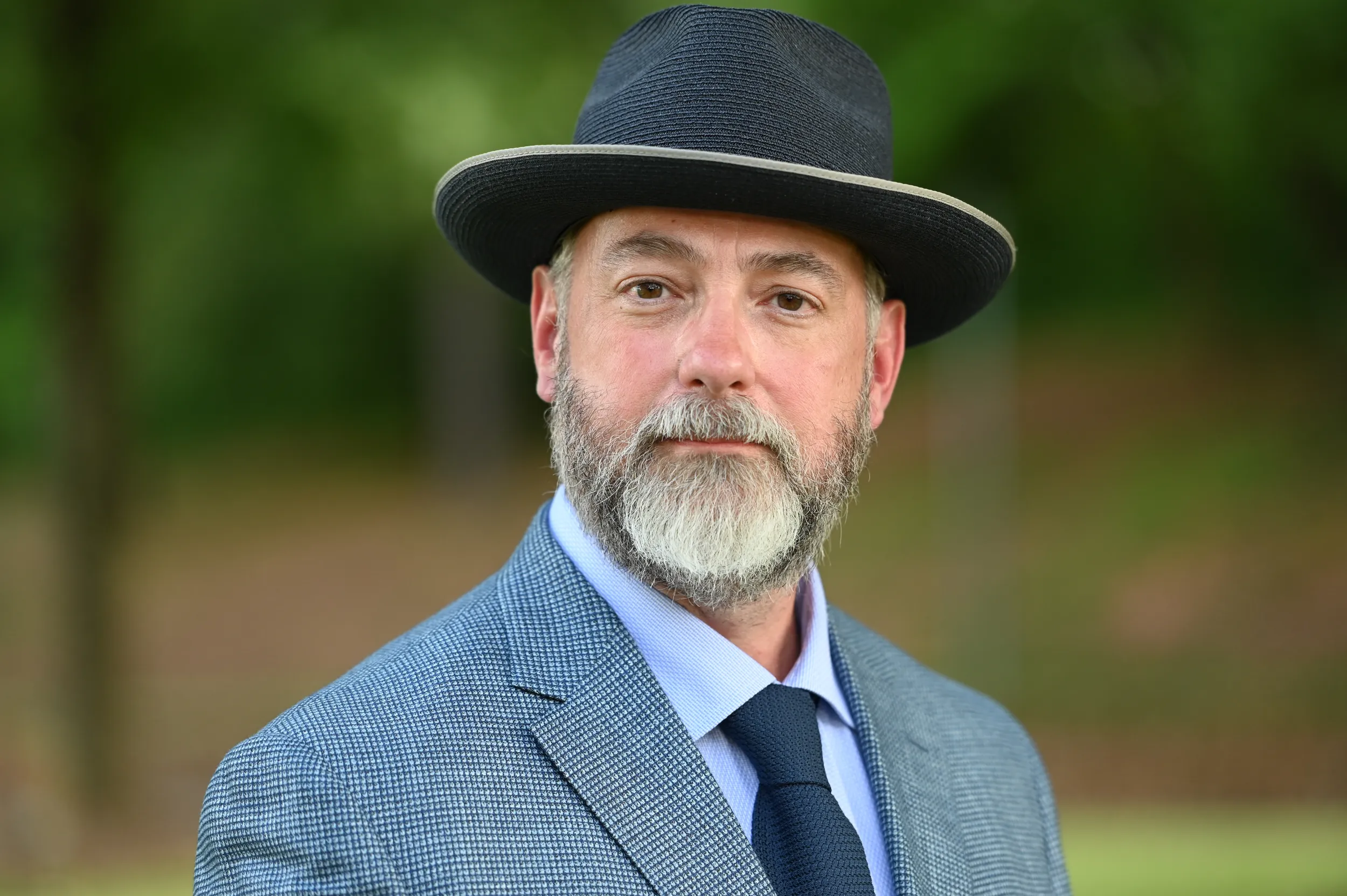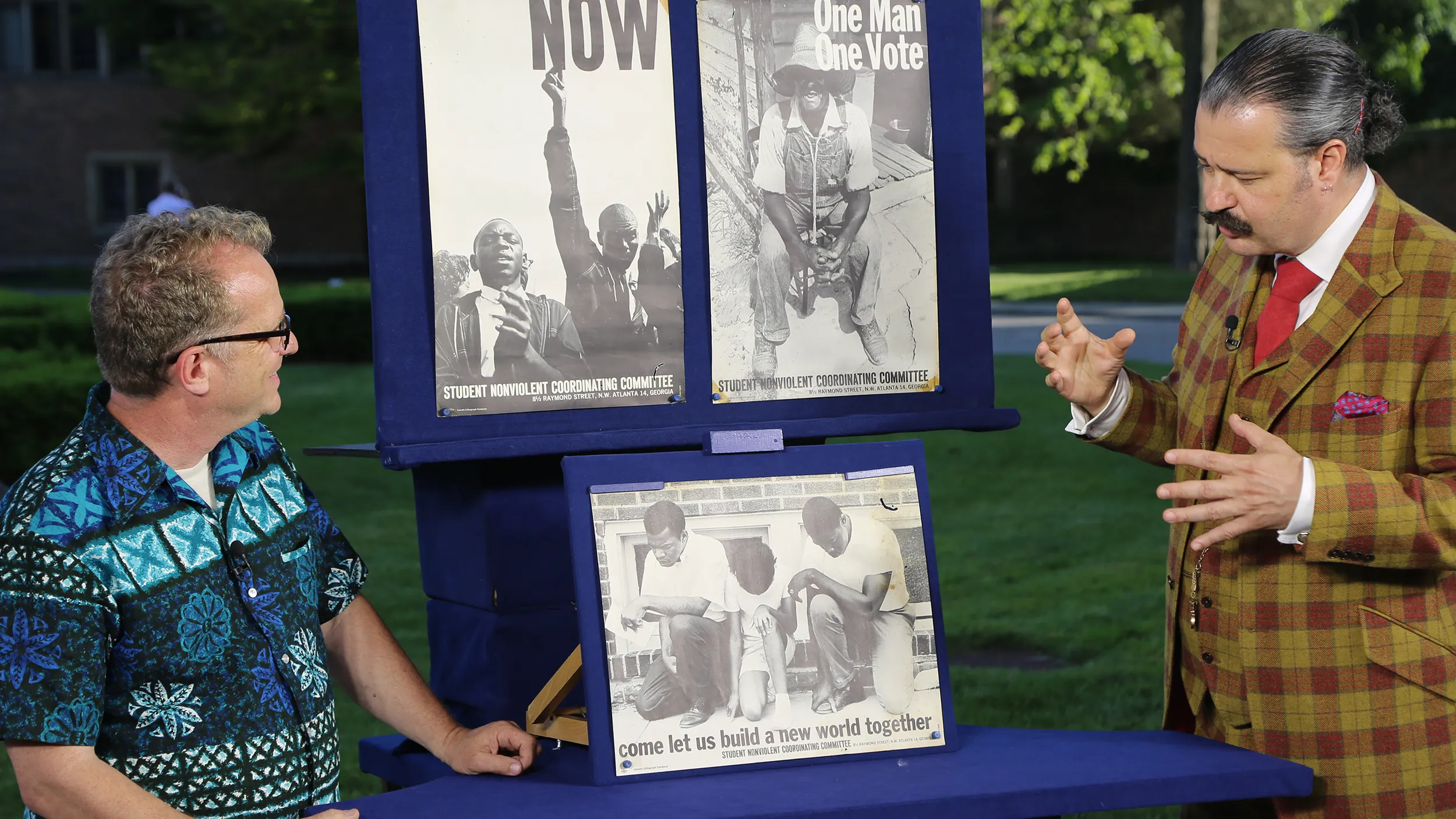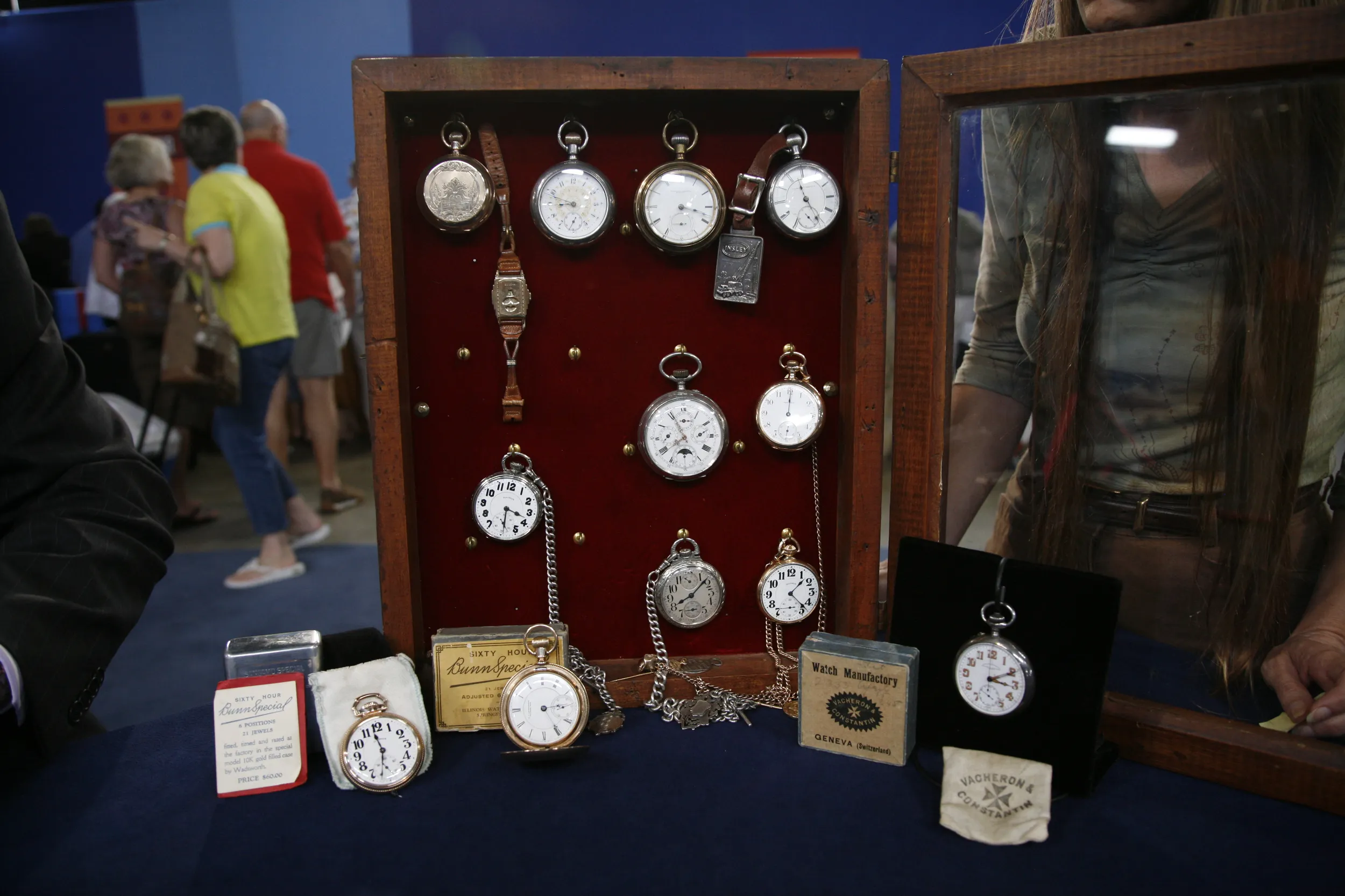GUEST: Well, this Civil War sword belonged to my great-great-grandfather, Morgan Lewis Smith. Morgan, at the beginning of the Civil War, raised the 8th Missouri, basically recruiting the men and training them. And he eventually became the colonel of the 8th Missouri. After that, he went to battle. He was... served under Grant and also Sherman. He was eventually shot in the Battle of Chickasaw
Bluffs. So he was out of commission there for, oh, about six months, I believe. And when he came back, he went back to the battlefield and went basically through the Battle of Atlanta. At some point after that, he was put in charge of the city of Vicksburg. The city was under turmoil. He was there to bring peace and civility to that city. After the war ended, he was presented this sword by the citizens of Vicksburg.
APPRAISER: So this man was a brigadier general in the Union Army. His service history is very impressive. The 8th Missouri did well, but he wasn't with them for
long. He was promoted to command of a brigade right before the Battle of Fort
Donelson. The battle where he was wounded, coincidentally, is outside of Vicksburg. It's Chickasaw Bayou, which was one of the early attempts by the Federals to envelop the city and come around the defenses. They were rebuffed by the Confederates. That's where he got his wound. Apparently, he was well-thought-of enough at Vicksburg for the citizens to purchase an extraordinary statue-hilt
presentation sword for the general. It has a presentation on the scabbard. You've got his name and information there, "Presented by the Citizens of Vicksburg in 1865." The sword itself is absolutely gorgeous. There are two maker's marks. This one here, which is Collins & Company, they made the blade.
GUEST: Okay.
APPRAISER: And then it was sold retail by Tiffany. And this is really not something…
GUEST: Yeah.
APPRAISER: …that was intended to be worn in battle. This is a sword that is, it's a gift. It's, it's a fancy item. And they came in these beautiful walnut cases, which would have originally held his sword belt, his epaulets, his sash, other things. The cases get damaged along the way, and they're often discarded. So it's scarce to find one with the case.
GUEST: Yes.
APPRAISER: The portrait is interesting, and we were able to confirm, yes, that is him, posed overlooking a map of the city of Vicksburg. It had to be kind of a real relief for the citizens of Vicksburg. Although I'm sure they did not want to fall to Federal forces.
GUEST: Sure.
APPRAISER: What they went through there was, by all accounts, horrific. At some point, they're boiling wallpaper to make soup out of the glue, to try to get some nutrition. Living in caves to avoid the bombardment. It was absolutely brutal, the circumstances that they endured. And so now it's over after July of 1863. The occupation troops come in, and though that, I'm sure, is not the outcome that a patriotic citizen of Vicksburg would have desired...
GUEST: Sure.
APPRAISER: They certainly would have gotten a lot more to eat at that point. They would have been under Federal Army control. Their outlook in life would have improved dramatically. Presentation swords are an interesting market. There is a certain value that is derived from the beauty of the artifact itself. There's value that either adds or detracts, based on the individual, of what they did. And in this case,
this is a very well-regarded individual. It is very specifically personalized for him. The Civil War market has taken some hits lately. Here in 2018, we are about 15 years into a downward slide on that market. It has recovered, to a degree. Things are better than they have been in recent years. Even that being said, this is an item that would have a retail value today between $40,000 and $50,000.
GUEST: Wow, wow-- that's amazing. (chuckling) Thank you so much.









